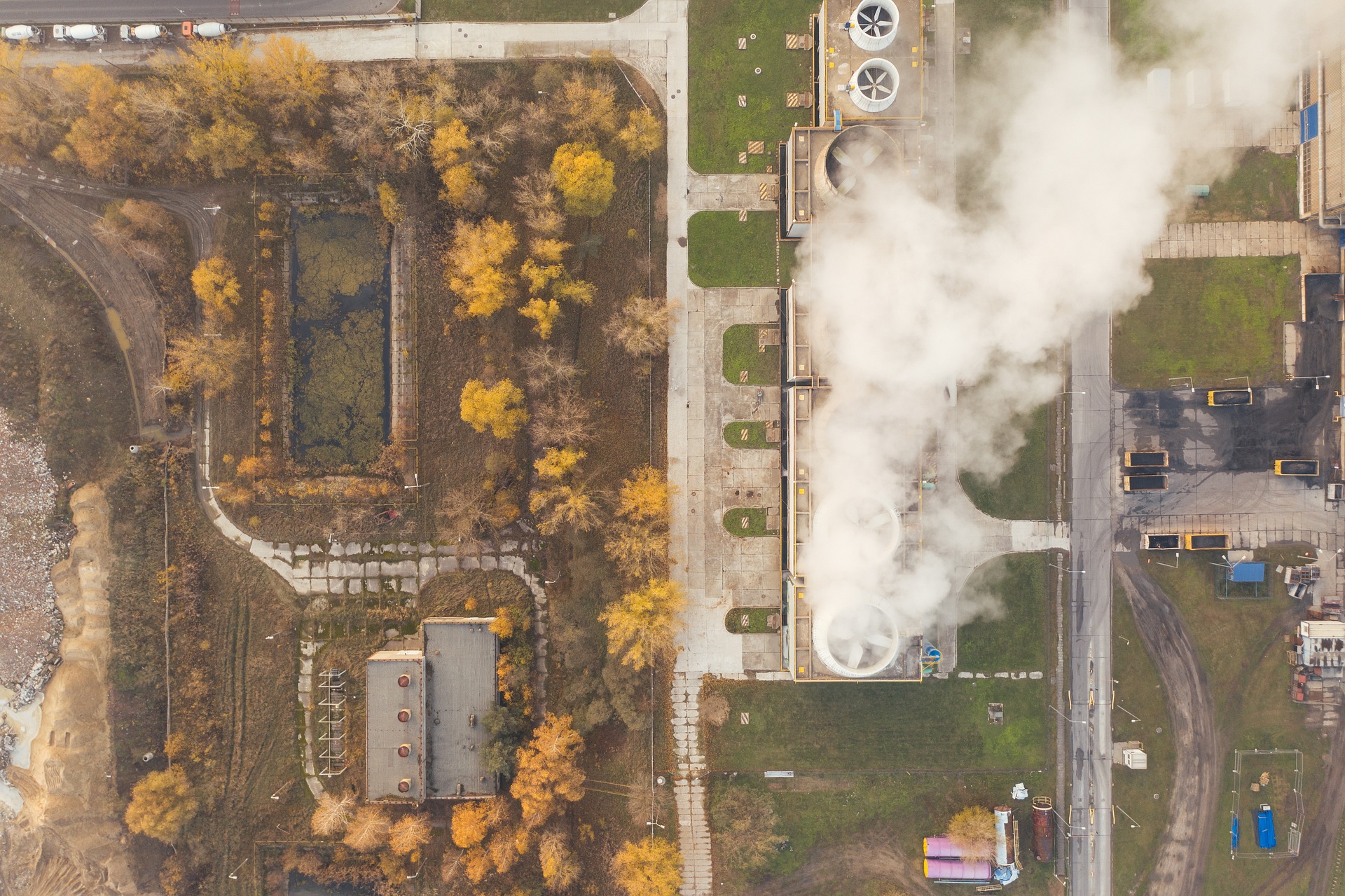
Tāmaki Makaurau – Greenhouse gas (GHG) emissions increased 0.8 percent in the June 2022 quarter from the March 2022 quarter, despite a 7.5 percent fall in manufacturing emissions, Stats NZ says.
This quarter saw the third successive increase in quarterly emissions.
Although total quarterly emissions rose, decreases were recorded by households and several industry groups. Most notably, manufacturing emissions dropped by 7.5 percent.
“The fall was driven mostly by petroleum, chemical, plastic, and rubber product manufacturing,” Stats NZ spokesman Stephen Oakley said.
“The cessation of oil refining activity from April 2022 was a key factor behind manufacturing’s quarterly fall.”
Falls in emissions from manufacturing and households were more than offset by increases in emissions from electricity, gas, water, and waste industries (up 8.5 percent), and transport, postal, and warehousing, up 5.5 percent.
Electricity, gas, water, and waste services emissions were impacted this quarter by an increase in electricity generated from coal and natural gas.
Shifts in the renewable share of energy sources used for electricity generation can create volatility in New Zealand’s total quarterly emissions.
The quarterly greenhouse gas emissions account provides timely estimates of New Zealand’s gross production-based emissions, using estimates from the annual greenhouse gas emissions by industry and household account and indicators to estimate emissions on a quarterly basis.
This is done within the system of environmental-economic accounting framework to track emissions in relation to economic activity.
Total household emissions fell by two percent. Total household emissions are largely driven by private transport emissions, which fell 1.7 percent. Household emissions from heating / cooling were down 5.5 percent and emissions from other household sources were down 0.9 percent.
Agriculture, forestry, and fishing emissions were relatively flat, decreasing by 0.4 percent .
Mining emissions decreased by 5.3 percent. Construction emissions decreased by 2.5 percent.

